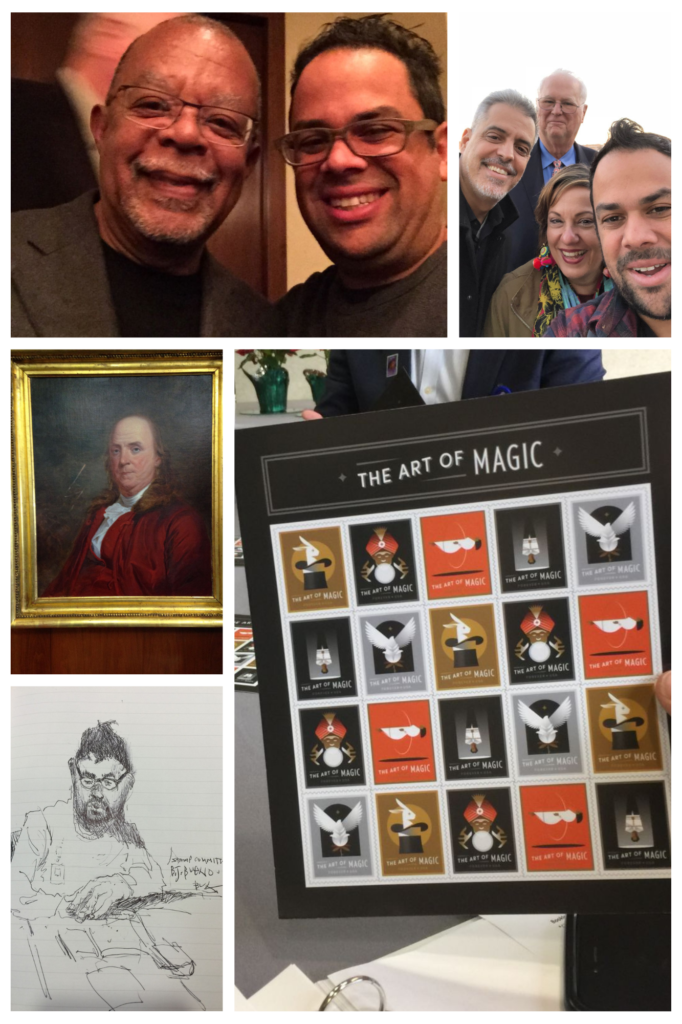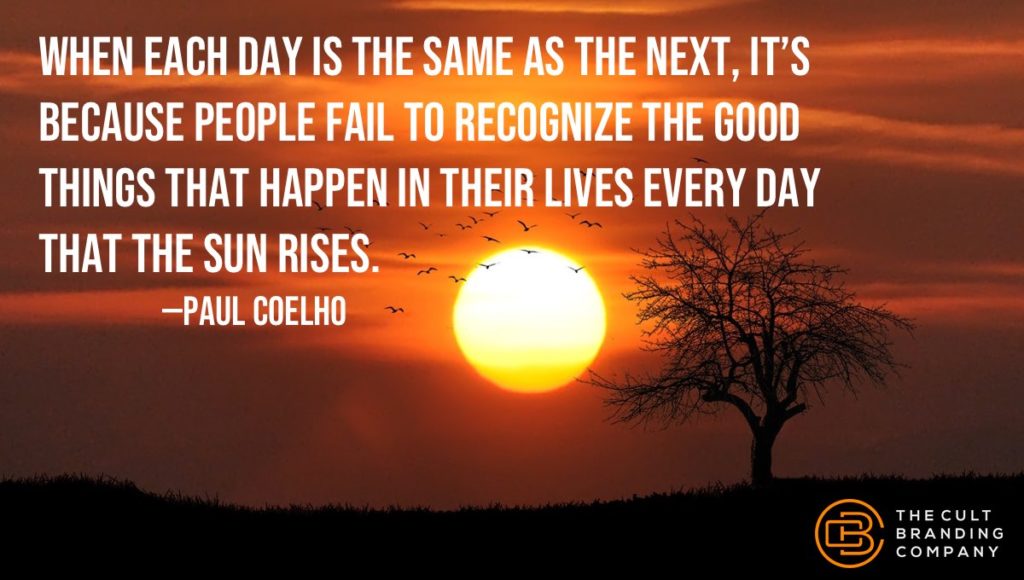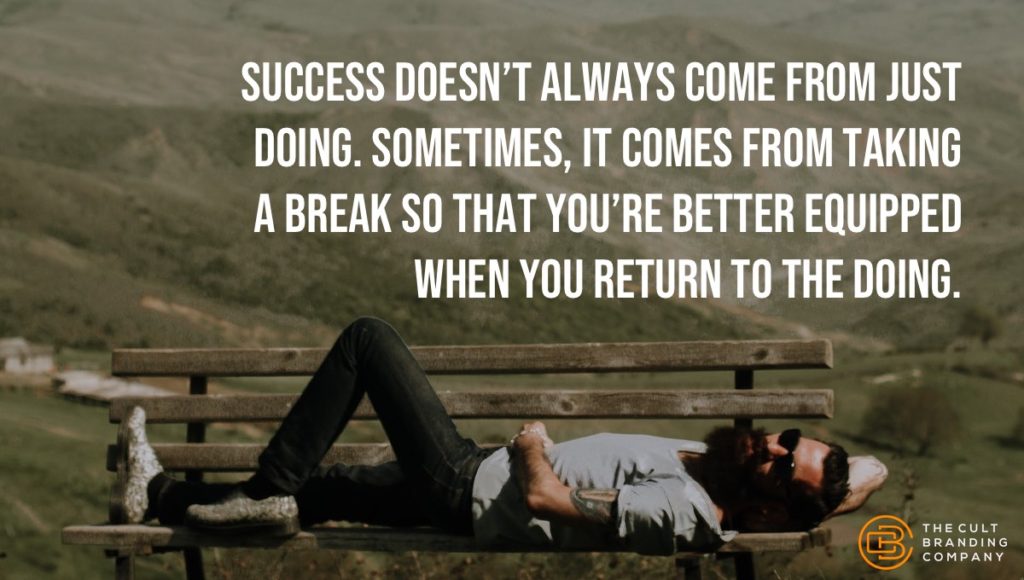When each day is the same as the next, it’s because people fail to recognize the good things that happen in their lives every day that the sun rises.Paulo Coelho
Life truly is a gift, regardless of how great or troublesome life and business may appear. Below are four tips to improve your attitude about gratitude and make it a daily practice.
1. Schedule Time to Give Thanks
Incorporate more gratitude into your daily life. Schedule at least a few minutes to feel grateful. Make it a daily appointment with yourself. When the alarm sounds, think of three things you can be thankful for and write them down in your journal. These moments of gratitude will shift your focus from feeling stressed to feeling uplifted.
Another approach is to start and end the day with this gratitude exercise. Being thankful first thing in the morning is optimal because it starts your day with positive energy and primes you for the rest of your day. Reserving time before bed can help put your mind at ease and be a catalyst for a good night’s rest.
2. Write Thank You Notes
Saying thank you is an excellent way to show your appreciation for all the small things people do for you. But the sentiment can lose power when spoken often. Giving a speech on Veterans Day at Arlington National Cemetary, less than two weeks before his death, President John F. Kennedy, “As we express our gratitude, we must never forget that the highest appreciation is not to utter words, but to live by them.”
Express gratitude through writing. At the end of your day, write a note, send an email, or text the words “thank you” to a colleague whom you are grateful for. Writing will allow you to reflect on why you are genuinely thankful. The letter will also serve the recipient as a token of your appreciation.
3. Stay Present
In The Artist is Present, Marina Abramovic writes, “We always project into the future or reflect in the past, but we are so little in the present.” We are all accomplished multi-taskers, always analyzing past decisions and projecting future consequences.
Unfortunately, divided attention makes it hard to feel genuine gratitude. Take time to be present. Appreciate the person you’re with instead of the phone in front of you, the flowers outside the window, and even a hot cup of coffee. Being in the now is not easy, but tools like meditation can help you stay present, allowing you to focus more on gratitude.
4. Celebrate Thanksgiving Every Day
Every day is a holiday, and every meal is a feast. Think of your lunch break as a giving-thanks break. Sit down for lunch with your colleagues and treat it as Thanksgiving. Share what you are grateful for in your personal life. Take turns talking about what you appreciate about each other.
Offer specific examples, such as, “I appreciate all the hard work you’ve done to help me with my report, despite your demanding schedule.”
Not only is sharing a meal great for establishing a thriving corporate culture, but it also will make colleagues feel more connected.
Onward
What you focus on grows. When you focus on the many gifts you already have, you create more of these gifts. Maintain these practices every week, and you will cultivate a grateful attitude year-round.
_______________________







